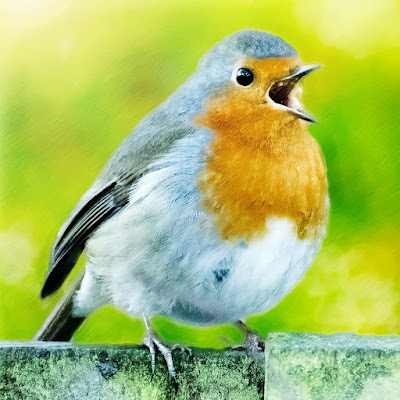American anarchist political activist and writer Emma Goldman was arrested on February 11, 1916 for giving speeches explaining birth control. Refusing to pay a $100 fine, Goldman spent two weeks in a prison workhouse.
 |
| Emma Goldman |
Public health nurse Margaret Sanger opened the first U.S. birth-control clinic at 46 Amboy Street in Brooklyn, New York on October 16, 1916. She was arrested and jailed for 30 days. In 1953 Sanger became the first president of the International Planned Parenthood Foundation.
 |
| Margaret Sanger |
Having experienced a wretched first marriage to an impotent man, the Scot Marie Stopes wrote the book Married Love, in which she advocated birth control not only to save women from constant childbearing but also to improve the human race by selective breeding. Despite the protests from Christians, especially Roman Catholics, who were shocked at the book’s frank look at sexual relations she believed God personally directed her.
 |
| Marie Stopes |
The United States Food and Drug Administration announced on May 9, 1960 that it would approve the use of Searle's Enovid for birth control, making it the first oral contraceptive pill. This was a groundbreaking development in the field of birth control, as it offered women a more convenient and reliable method of contraception than previous methods such as condoms, diaphragms, and contraceptive jellies.
The first widespread book detailing contraception was created and published illegally by some Canadian students in 1968. The Birth Control Handbook rapidly gained popularity with its critical information and, within a year, millions were distributed across the US and Canada.
Pope Paul VI’s 1968 encyclical, Humanae Vitae, reaffirmed the Catholic church’s historic denunciation of artificial birth control. Many Catholics were disappointed by this as it was felt that after the modernisation of the church in Vatican Two, the church would take heed of technological advances such as the pill and allow Catholics to practice contraception.
September 26th is World Contraception Day, devoted to raising awareness of contraception and improving education about sexual and reproductive health.
The "99% effective" label on birth control pills means that out of 100 women who use the pill in a year, one will get pregnant.
Gorillas have similar reproductive systems to humans, so birth control pills are effective in preventing their pregnancy.
The German word for 'birth control pill' is "antibabypille."












